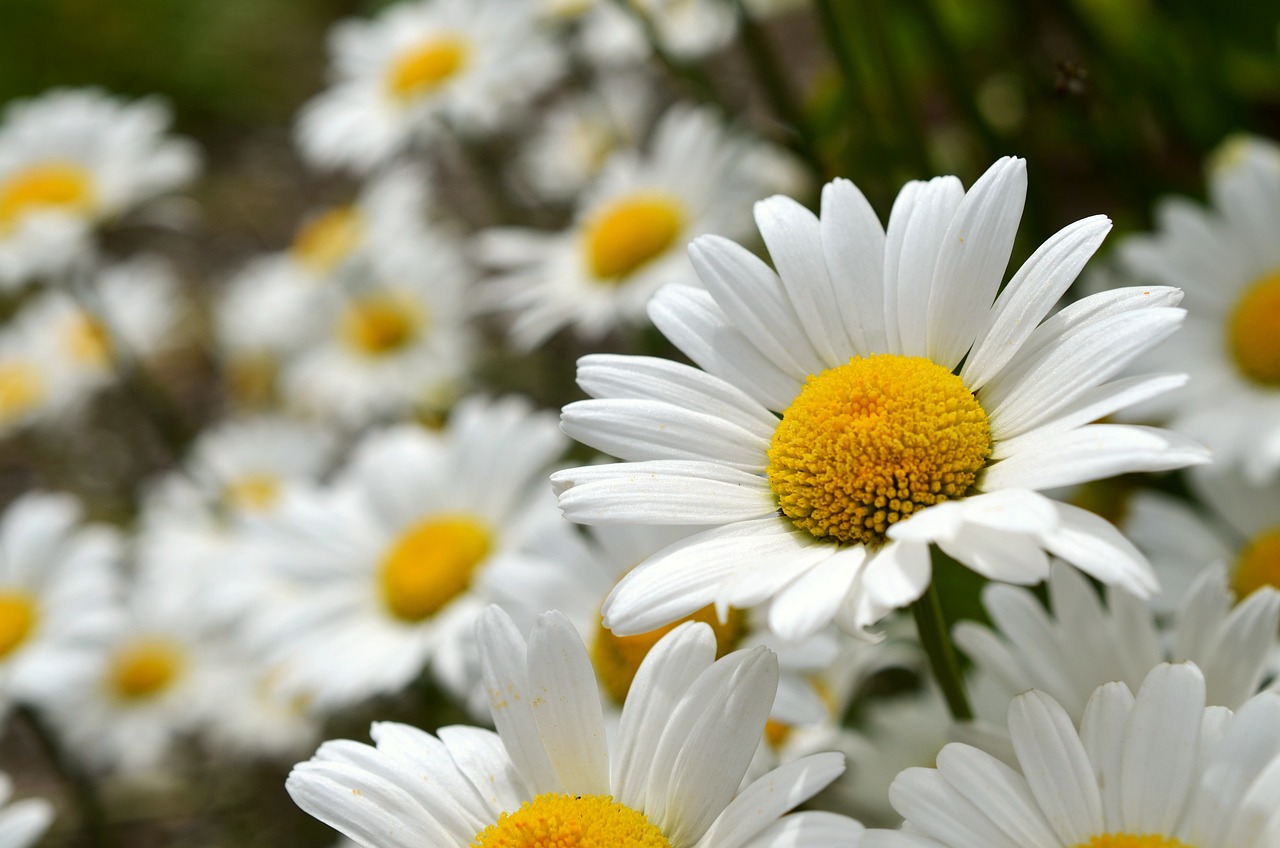
Leucanthemum and Planting: A Comprehensive Guide
Introduction
In the world of gardening, Leucanthemum, commonly known as the Shasta Daisy, is a popular choice for its timeless beauty and ease of cultivation. Whether you’re a seasoned gardener or a novice, this article will guide you through the process of planting and caring for Leucanthemum. With its stunning white petals and vibrant yellow centers, Leucanthemum can add a touch of elegance to any garden. Let’s dive into the details of cultivating this enchanting flower.
Selecting the Right Location
Sunlight Requirements
Leucanthemum, like many flowering plants, requires an adequate amount of sunlight to thrive. To ensure your Shasta Daisies flourish, choose a location in your garden that receives at least 6 hours of direct sunlight each day. This will encourage robust growth and abundant blooms. If you’re planting in an area with partial shade, be mindful of the fact that it might lead to fewer flowers.
Soil Type
The type of soil you plant your Leucanthemum in is crucial. These daisies prefer well-drained soil with a slightly acidic to neutral pH level. You can test your soil using a simple pH test kit available at most garden centers. If your soil is too acidic or alkaline, you can amend it by adding organic matter, such as compost, to adjust the pH and improve the soil’s fertility.
Planting Leucanthemum
Planting Time
Timing is essential when it comes to planting Leucanthemum. The best seasons for planting are early spring and late fall when the weather is cooler. Planting during these times allows the Shasta Daisies to establish their root systems before facing extreme temperatures. This will give them a better chance to thrive during the hot summer or cold winter months.
Digging the Hole
When preparing the planting hole for your Leucanthemum, ensure it’s slightly larger than the root ball of the plant. This extra space provides room for the roots to spread out and establish themselves in the new location. A spacious hole also allows for better water penetration.
Adding Compost
To enhance the soil’s fertility, mix organic compost into the soil. This provides essential nutrients for your Shasta Daisies, helping them grow strong and healthy. Compost also improves the soil’s water retention capacity, which can be beneficial during dry spells.
Planting Depth
When placing the Leucanthemum plant in the hole, make sure it sits at the same depth as it was in the nursery container. This ensures that the roots are at the correct level for optimal growth. Gently pat down the soil around the plant to secure it in place.
Caring for Leucanthemum
Watering
Proper watering is vital for the health of your Leucanthemum. During the first growing season, it’s crucial to provide consistent moisture. Water deeply but avoid overwatering, as this can lead to root rot. To determine when to water, check the soil’s moisture level by inserting your finger about an inch into the soil. If it feels dry, it’s time to water.
Mulching
Mulching around the base of your Leucanthemum plants offers several benefits. It helps retain soil moisture, prevents weed growth, and regulates soil temperature. Apply a layer of organic mulch, such as wood chips or straw, to keep the soil conditions favorable for your daisies.
Pruning
Regular deadheading, which involves removing spent flowers, is essential to encourage continuous blooming and maintain the plant’s neat appearance. Simply snip off the faded flowers, and your Leucanthemum will reward you with more blossoms.
Dealing with Common Issues
Pests
While Leucanthemum is generally resistant to pests, you may occasionally encounter aphids or slugs. If you notice any infestations, consider using organic pest control methods like neem oil or introducing beneficial insects to your garden.
Disease
Leucanthemum is relatively resilient to diseases, but in humid conditions, it can sometimes develop fungal issues. Keep the area around your daisies well-ventilated, and promptly remove any affected leaves to prevent the spread of disease.
Conclusion
In conclusion, Leucanthemum, or the Shasta Daisy, is a wonderful addition to any garden. Its timeless beauty and low maintenance make it a favorite among gardeners. By following these guidelines for selecting the right location, proper planting, and caring for your Leucanthemum, you can enjoy a garden adorned with these delightful white and yellow flowers.
FAQs
1. Can I plant Leucanthemum in a container?
Yes, you can plant Leucanthemum in a container. Ensure that the container has adequate drainage to prevent waterlogged roots.
2. How often should I fertilize my Shasta Daisies?
Fertilize Leucanthemum in the spring with a balanced, slow-release fertilizer to provide essential nutrients.
3. Is it possible to grow Leucanthemum from seeds?
Yes, you can grow Leucanthemum from seeds, but be patient as it may take longer to establish than planting nursery-grown plants.
4. What is the expected blooming period for Leucanthemum?
Leucanthemum typically blooms from late spring to early summer, but regular deadheading can extend the blooming season.
5. Are there any Leucanthemum varieties with different flower colors?
Yes, some Leucanthemum varieties offer different flower colors, such as pink or yellow, in addition to the classic white blooms.